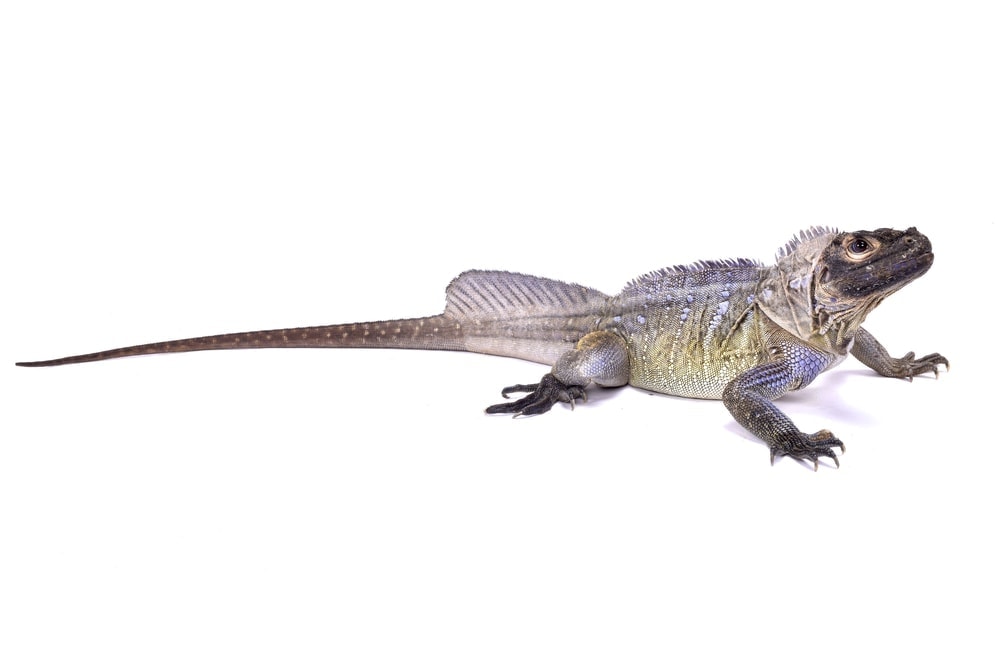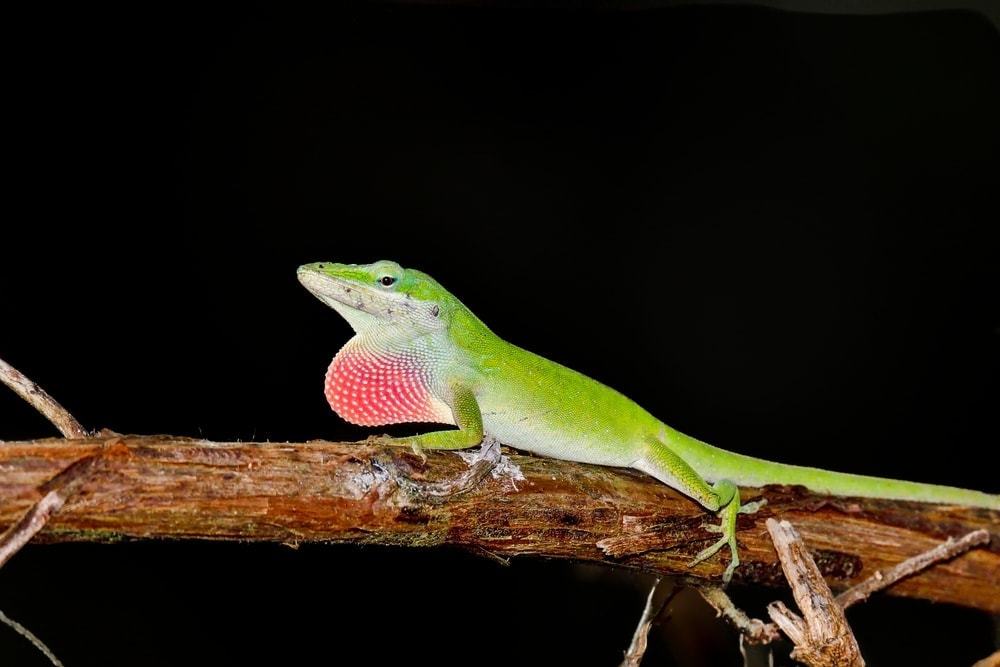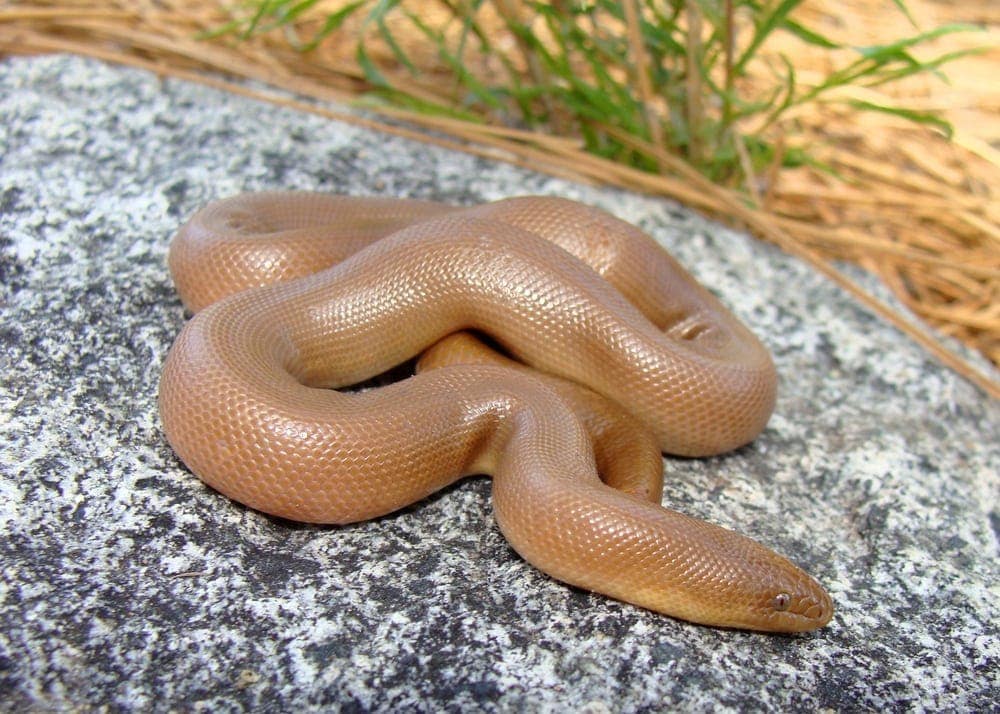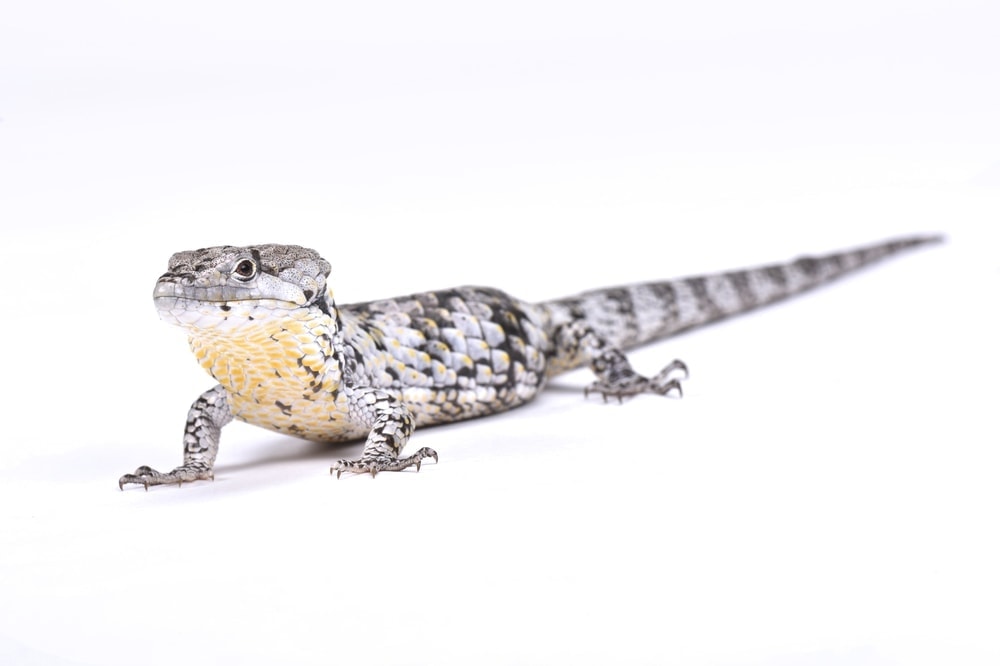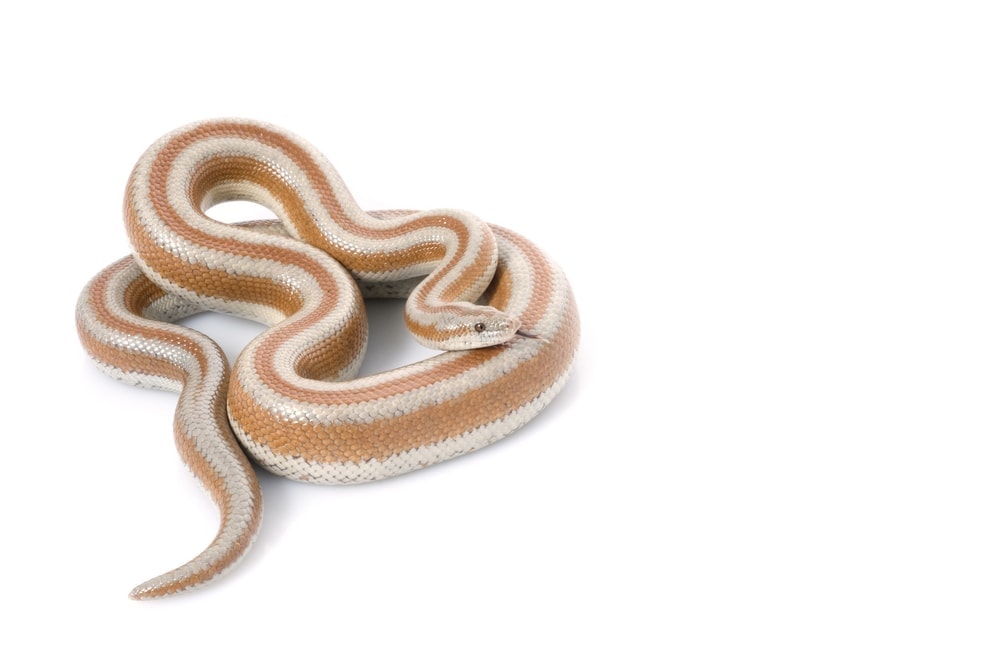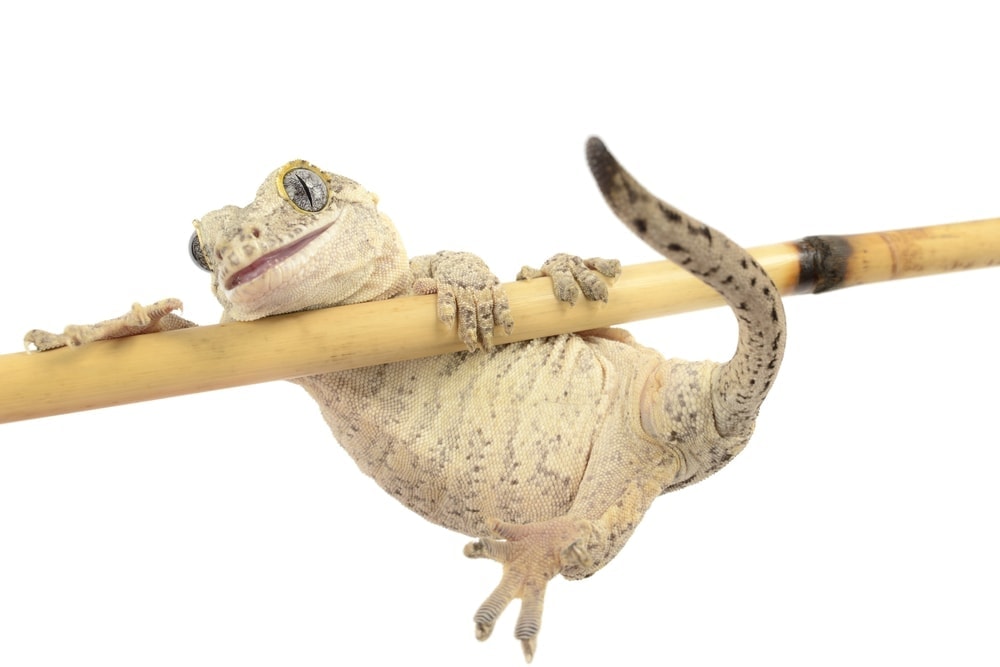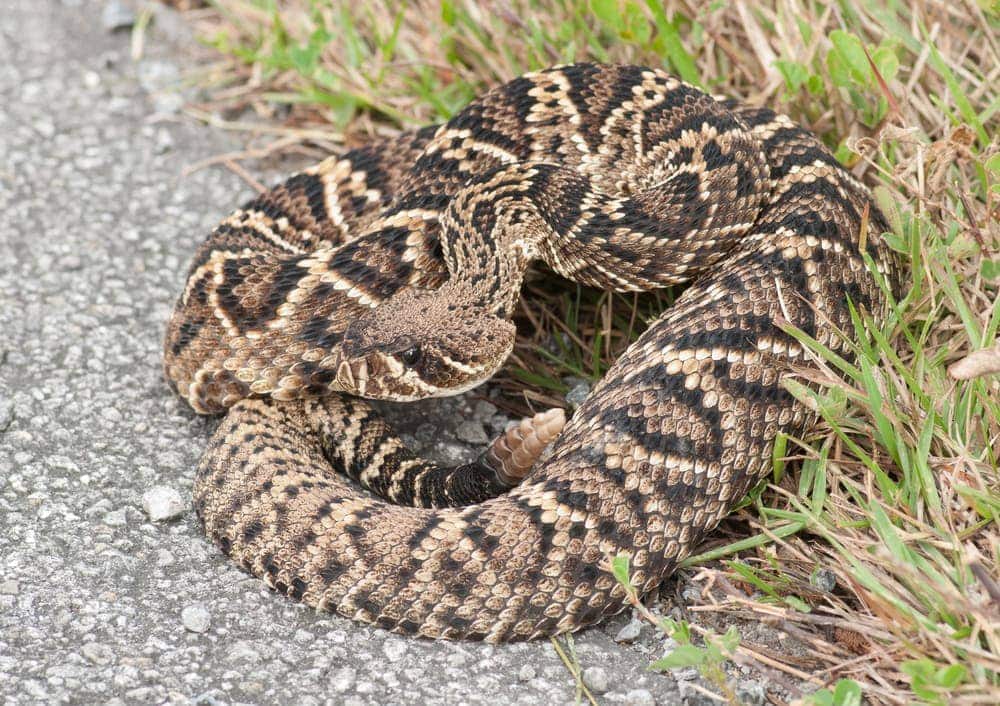Reptiles make great pets; however, caring for them requires significant commitment and energy. Scientifically, the mighty Iguana Iguana popularly called as the Green Iguana is undoubtedly a beloved, yet challenging to grow the organism.
They require special housing conditions and a careful diet plan, as well. When they are young, we should socialize them properly so that we can manage them just like adults at a later stage in their life. Otherwise, taming them becomes an arduous task. Unusually, they grow large, live long, and healthy.
How to grow them up conservatively? What do the Green Iguanas eat? How to prevent them from medical complications? Let us check out all these aspects in a little detail.
Living Environment for the Green Iguana
Green Iguanas can grow up to 7 feet long and can easily weigh up to 20 pounds. Huge animal, isn’t it? It proves that a small cage or an aquarium is just not an apt place for the reptile to live peacefully. We require customized and well-built enclosures to keep them secure, happy, and comfortable.
A considerable challenge lies in humanizing them. We will have to pick the young Iguanas frequently to tame them. And do you know what? The Iguanas hate human touch. They might refuse to accept and are harsh too. They stay lazy within their environment; however, when the door is open, they freak out and get over your shoulders and move around (They have very sharp claws; help yourself always with protective clothing!)
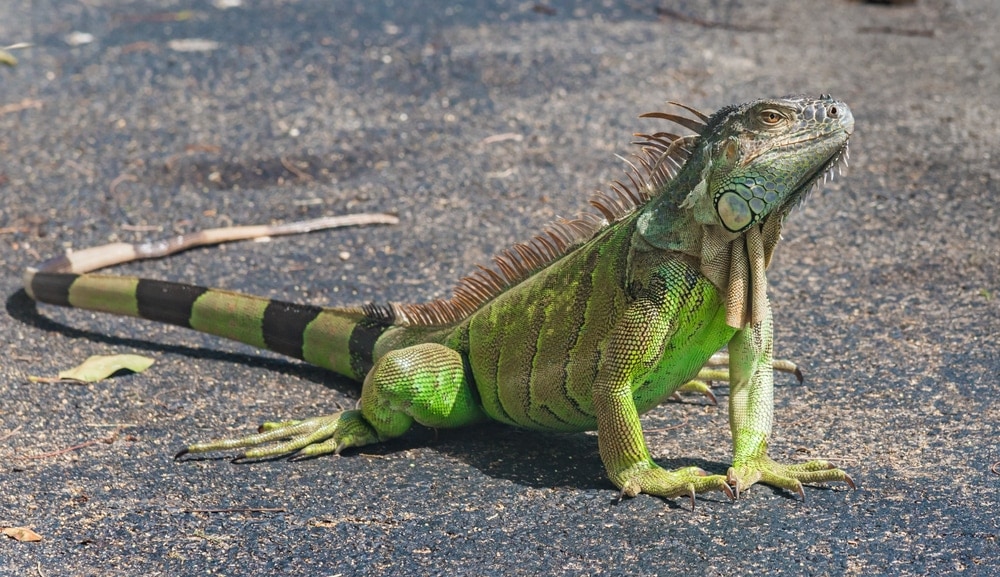
Another important cause for concern is undoubtedly the lighting effect required in the living environment. Green Iguanas are tropical animals. And hence, in captivity, they need UV light in the UVB spectrum. It can be accompanied by heat lights, as well. The basking temperature for these reptiles is 10 to 12 hours per day. They need 95 degrees Fahrenheit, and we should ensure it does not get below 75 degrees in any case. For juvenile Iguanas, we can use natural tube lights. However, adult Iguanas require mercury vapor bulbs. Never use hot rocks or heat pads in any case..!!
Green Iguana Diet Requirements
Iguanas are strictly herbivores. They like having fresh green leafy vegetables. We have to ensure that we do not feed them with protein-rich food. They can cause renal failure, affect the kidney and associated bodily functions. In turn, it can reduce their life span as well. They generally live up to 9 to 12 years of age.
Turnip greens, carrots, zucchini, and leaf lettuce are commonly fed food items. Remember that Iguanas generally swallow food, and they do not chew it..!! So, always ensure that you cut the food items into smaller products.
Also, important is the inclusion of calcium and fruit supplements once a week in their diet. Baby Iguanas eat daily, and mature and adult Iguanas eat every alternate day. Warm temperature, as discussed above, is always required to get the food digested within them properly.
Water is an essential requirement for Green Iguanas. Babies find it difficult to spot their water bowl. We can always go immersing it in the water at least twice a week to make let them stay hydrated.
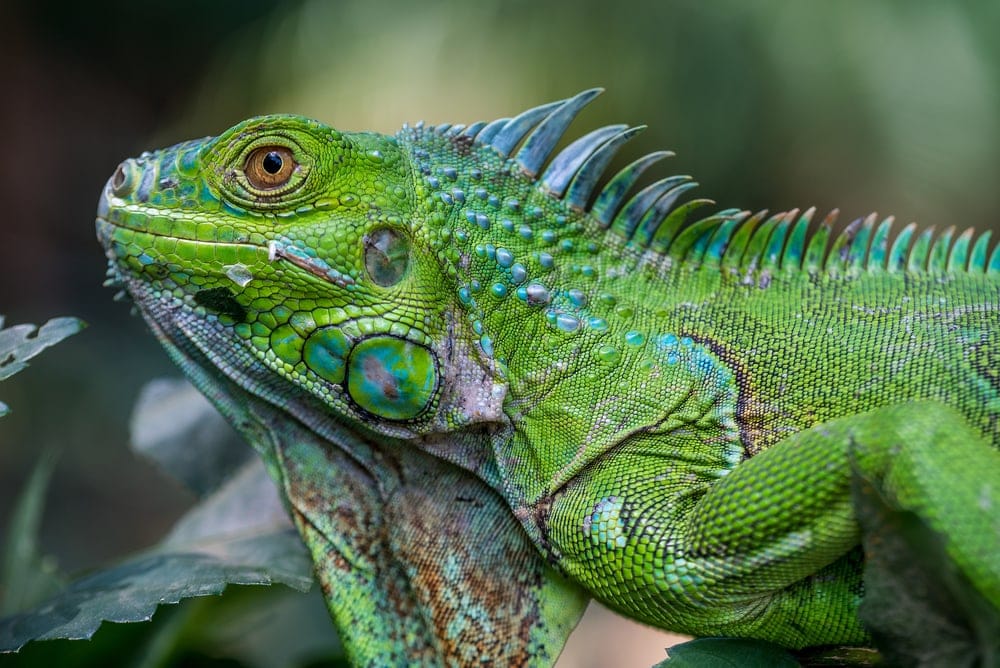
Green Iguana’s Medical Issues
Kidney disease is one of the most common aliments found amongst the Green Iguanas. Avoiding protein-rich food can help you prevent this from your loved pet reptiles. Egg binding in females and Prolapsed hemipenis in males are also found in some pets. They get affected easily by the internal and external parasites. If they are sick, you can identify it with specific symptoms. They lose weight and turn dark. The bowel movements keep changing and become stressful. They become lethargic and non-responsive.
You can also see signs of blood in the cage and witness a swollen abdomen. They have trouble closing their mouths too! Take them to a vet immediately to avoid further complications.
Green Iguana Buying Price
There are three ways through which you can purchase a Green Iguana; from a breeder, a pet store, or going online. Well, how much does an Iguana cost? The price ranges from $20 to $600. What causes such a massive price range? Indeed, it is the breed type and also genders! To name a few, we have the Desert Iguana, Chuckwalla, Rhinoceros Iguana, Spiny – Tailed Iguana, and Club Tail Iguana. Every single type is priced differently due to their characteristics.
Juvenile or Baby Iguanas cost less as compared to adults. The prices also vary because of the maintenance costs that occurred at the source. In locations where online shopping is not available, the prices are generally low. You must spend a stipulated time on research based on location, gender, and breed to choose an affordable and suitable pet Green Iguana.
As beginners, try getting baby Green Iguanas so that you can quickly bond with them. In the initial months, do not force them to do anything. You can efficiently train them to pee or poop in a toilet or any specific area you have designated for. Give them their own time to get accustomed. They will slowly start grasping the attention and prefer it too! Nurture them well, and they trust you for a lifetime.
Conclusion
Now you know how difficult and challenging a task is to grow a Green Iguana at home. The living and lighting environment is predominant. The food and diet plan is stringent and needs careful monitoring. It is susceptible to different kinds of slight and harsh medical conditions. Hence, consistent checkups are also necessary.
Nevertheless, they love and are easy-going pets that you can get engaged with. They live happily in their captivity and do not cause any issues. Also, it is fun to be with and extraordinary to live with them! However, beware of these active Green Iguanas! Their tail can even break a human bone. So, always keep an eye on them. Don’t annoy them, and they never annoy you. So, get set for a different pet experience with one of the mightiest pet reptiles, the Green Iguanas..!!



